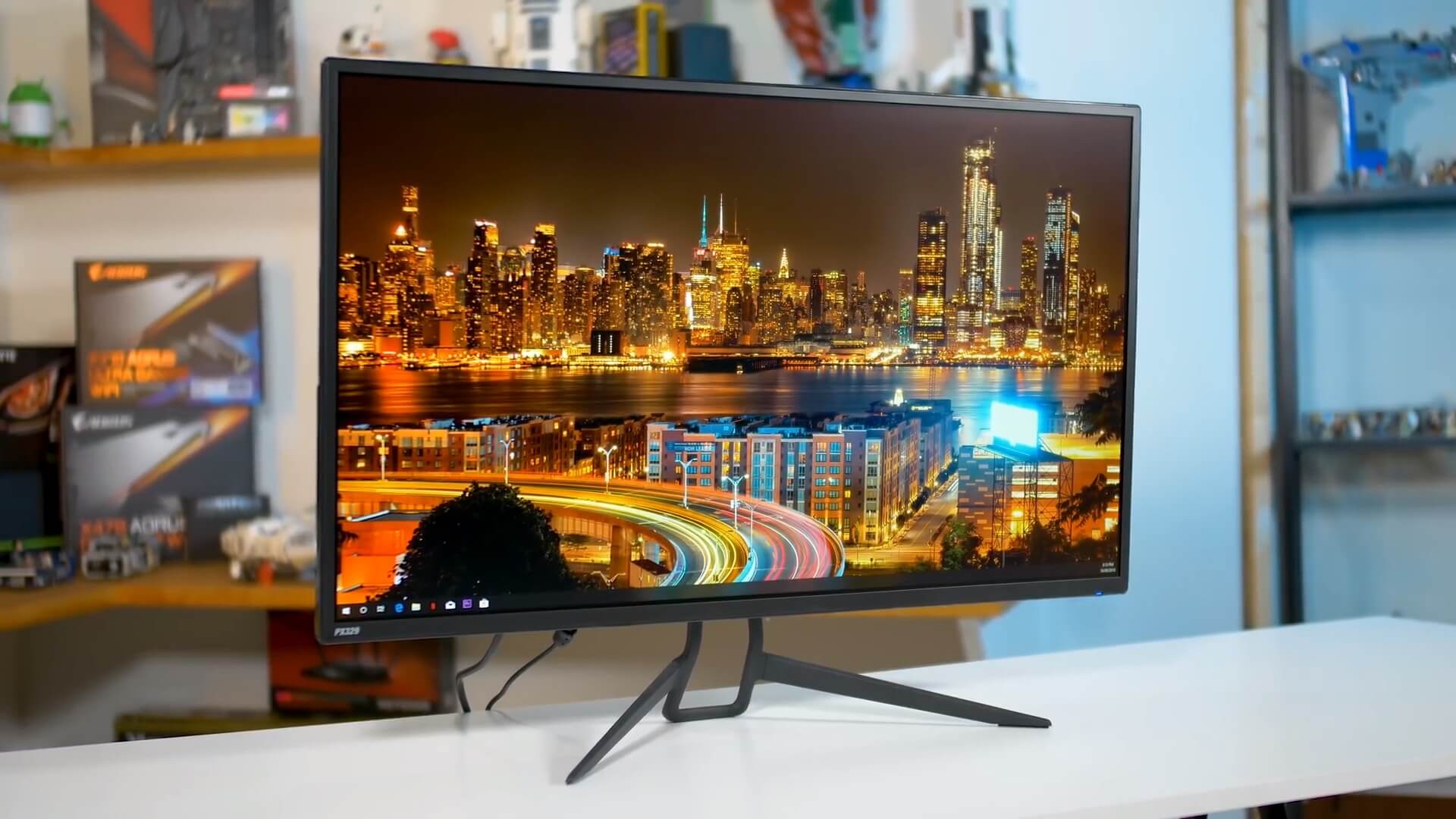Ever since Nvidia opened up support for adaptive sync monitors on GeForce GPUs, we've been receiving requests asking what FreeSync monitors we would recommend. Our last update to the best gaming monitors saw a mix of G-Sync and FreeSync products depending on your budget and needs, but evidently this changes things quite a bit.
With FreeSync now working with Radeon and GeForce GPUs, as well as future support from Intel, people are looking to upgrade and in many scenarios that means not having to pay the G-Sync tax anymore.
The focus on this article will be on gaming and best value. It's safe to assume most after an adaptive sync display want the feature for playing games. Conversely, it is not a requirement for workstation, creative, or office focused monitors.

Every monitor we picked supports FreeSync via DisplayPort, a required feature for Nvidia GPU owners, as well as low framerate compensation or LFC, something we feel is essential for a good adaptive sync experience.
As a quick refresher, LFC is a technique that extends the monitor's refresh rate window from the minimum listed value to an effective refresh rate of 1 Hz. For example, a 48 Hz to 144 Hz monitor that supports LFC, will effectively support a refresh rate range from 1 Hz to 144 Hz. Pretty much all high refresh FreeSync monitors support LFC and that's a good thing.
Gaming at 1080p
Keeping it Simple
Kicking things off with 1080p monitors, most options at this resolution are either 24 or 27 inches in size. You can find 32-inch 1080p monitors, but at that size we don't think 1080p is sharp enough. You should be looking at 1440p or higher instead.
While there are three main monitor technologies - TN, VA and IPS - we can rule out IPS for 1080p monitors because there aren't any high-refresh IPS panels at this resolution. The choice between TN and VA could depend on whether you want something curved or something flat. TN monitors at this resolution and size are flat, whereas VA panels are curved. If this is a big factor for you, we can narrow things down further.
The other big consideration between TN and VA is color quality. VA panels have higher contrast ratios and better viewing angles, and some models are more color accurate and have wider gamuts. If you can put up with the curve, all these factors will be an advantage. However response times are slower, making TN the faster option with less ghosting and in some cases higher refresh rates. TN panels also tend to be slightly cheaper, although that will depend on the model.
As for our actual recommendations...
We typically prefer VA panels over TN and if you want the best value it's a clean sweep for Viotek. At 1080p we recommend the Viotek GN24Cx 24" and GN27C at 27 inches. Both pack 144 Hz refresh rates and use Samsung VA panels, delivering noticeably better colors than the TN panels I'm about to go through. Both options are also great value, the 24" unit is just $200 and if you want the larger model, that's $240, which make these monitors some of the cheapest in its category. These are my go-to recommendations for value 1080p gaming monitors.
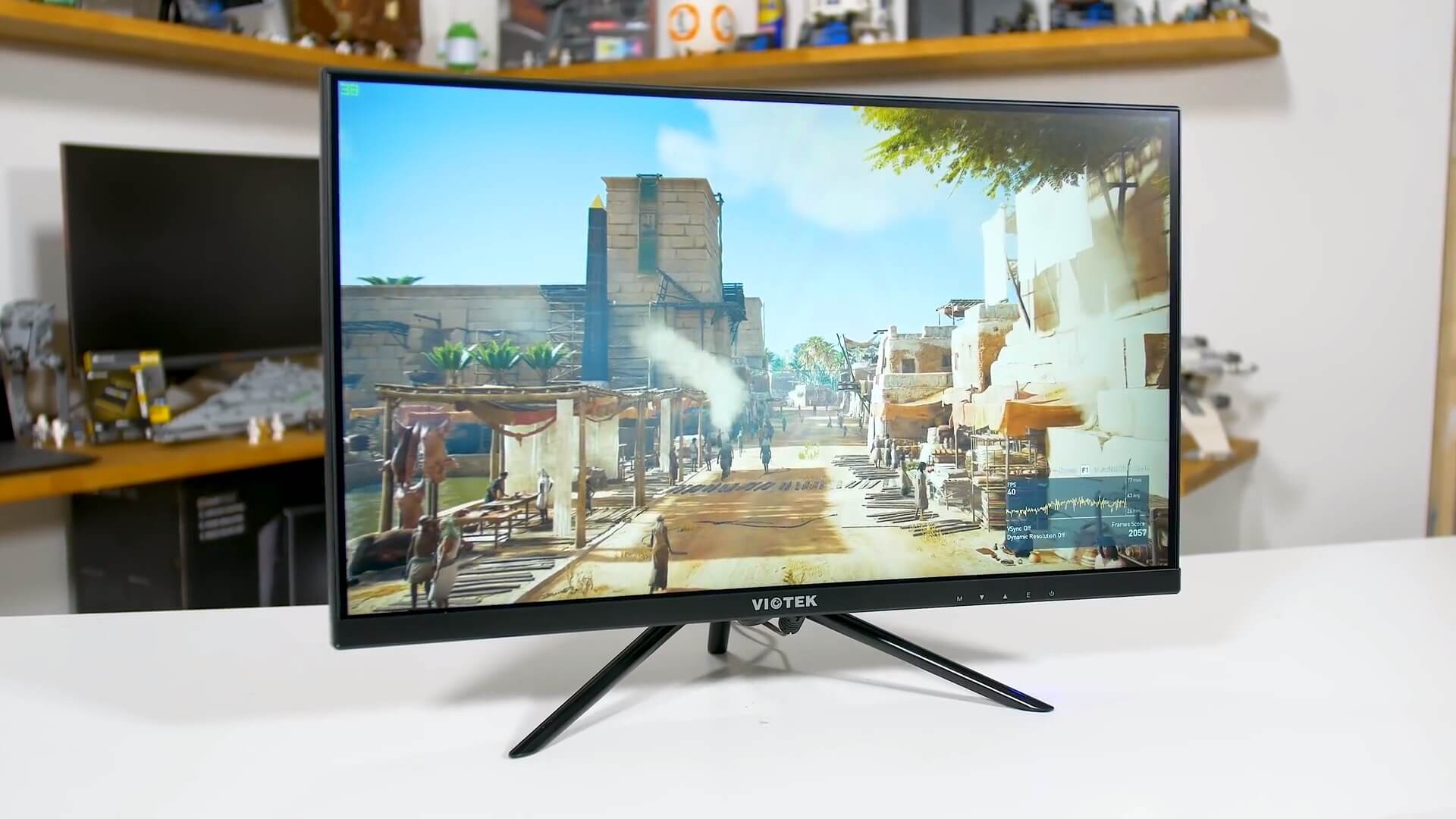
However some people might want a TN display instead. Either because they're flat, faster or cheaper. The best value options tend to be the 1080p 24-inch 144 Hz offerings.
You can get an Acer GN246HL for $190, which is a popular choice though I'd sway towards the AOC G2590FX which costs the same on Newegg. The design is nicer, the panel is decent and you get the bonus of it being officially G-Sync Compatible. If you prefer a 27-inch display, there aren't any decently priced 1080p/144Hz/TN options right now, so I'd go VA in this category.

The final consideration for 1080p monitors is the super high refresh category at 240 Hz. Personally, I don't think the price premium for 240 Hz monitors over 144 Hz monitors is worth your money. However in Esports circles, there is no debate, this group of hardcore gamers will always go with the higher refresh rate. You will get good value on the $300 Acer XF250Q at 24.5" and the $370 XF270H at 27". Right now, basically all 240 Hz monitors use the same AU Optronics panels, so there's no real difference between any of the options on the market.
Moving on to 1440p
Choose your size / TN vs. VA vs. IPS
This is where the market opens up with a wide variety of options.
At 24" you're basically stuck with a TN panel and the monitor we'd recommend is the 24-inch 1440p 144Hz AOC AG241QX, which also has the benefit of being G-Sync Compatible, and it's only $310 making it one of the cheapest 1440p high-refresh monitors. We're not sure how many will be interested in a 1440p monitor that's only 24-inches in size but that's the one to have.
More options open up at 27 inches, 1440p and high-refresh rates. Using either TN, VA or IPS panels, the choice between them is similar to what we previously mentioned. TN panels are the fastest and cheapest, VA panels have the best contrast ratios and at this size are exclusively curved, while IPS provides a balance of color quality and moderate response times while also being flat.
Starting with TN, this is the monitor you'd choose if you want something fast in terms of response times. Considering most monitors in this category use the same panel, we'd go for the Pixio PX276 if you can find one in stock, it's just $310 and we really like the design. If you can't find one, you're probably looking at spending $400 on the AOC AG271QX which considering the VA options below, probably isn't a good buy right now.
VA monitors in this category are very competitive thanks to a price drop for Samsung's 27-inch 1440p 144Hz VA panels. The standout option here is the $330 Viotek GN27D. It isn't fancy, but it offers the same feature set as other monitors for less. Note there's also the Samsung JG50 offered for the same price, same specifications and panel. However, Samsung has chosen not to support adaptive sync with this monitor, presumably to save a few dollars. Considering the Viotek option is the same price but does support FreeSync, this is a much better choice even when it's a smaller brand name.
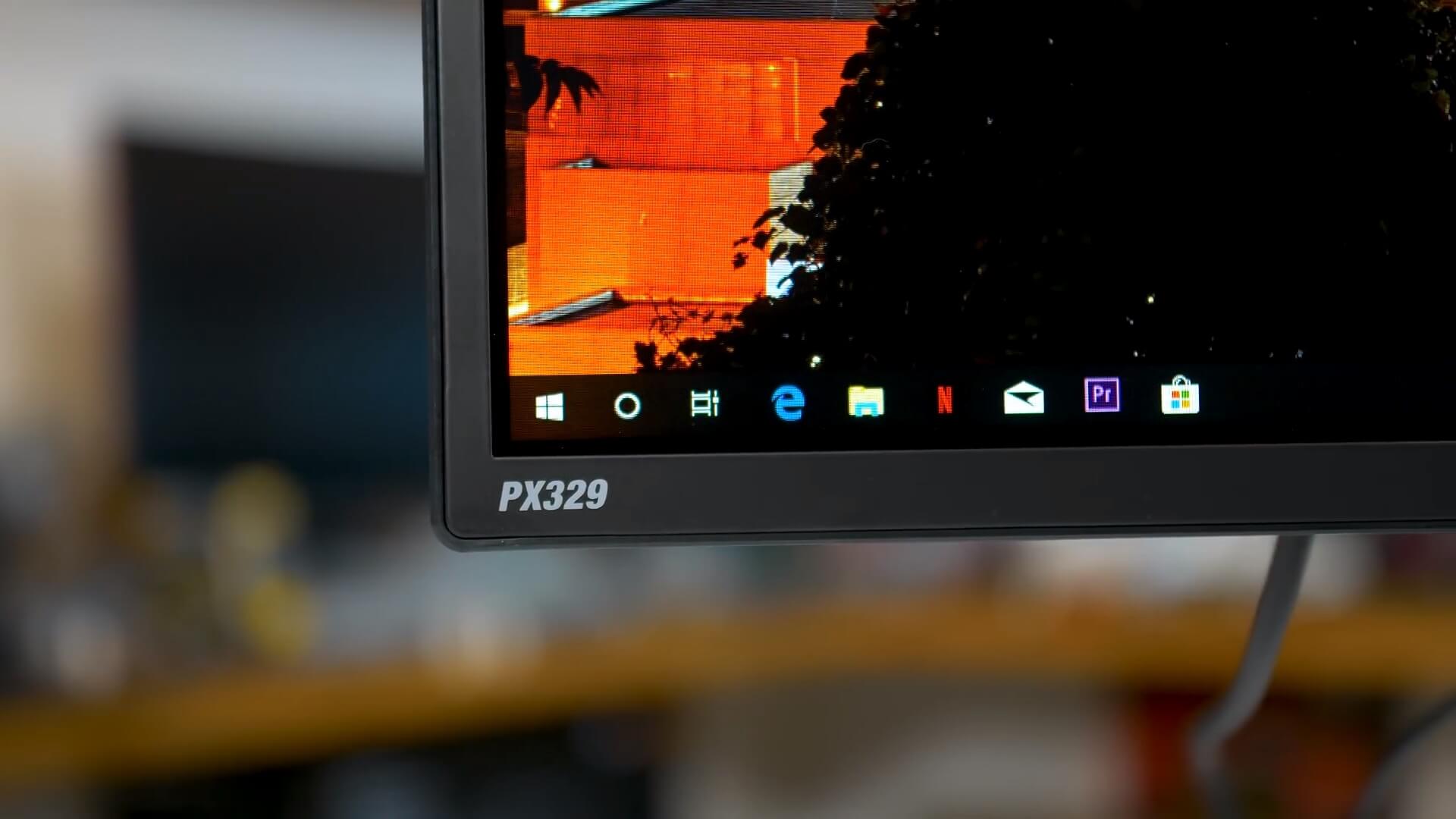
IPS monitors at 27" 1440p and high-refresh panels are a bit more expensive. The key benefit is they are flat and in most cases have somewhat superior response times compared to their VA counterparts. However unless you're a massive curved display hater, I don't think these factors justify the price increase. The Pixio PX277h is my IPS recommendation at $420, but the GN27D is overall better value.
Larger 32" 1440p high-refresh FreeSync monitors are also a great option right now as they're priced appropriately higher given the extra size. At this size, resolution and refresh rate we're looking at VA panels exclusively. However the good news is there are both flat and curved VA options. The overall best value option in my opinion is the Pixio PX329, which is flat and supports up to a 165 Hz refresh rate, though FreeSync is limited to 144 Hz. Contrast isn't as amazing with this panel as some of the best VAs out there, but for $370 and without a curve I think it's a good buy.

If you want a curved monitor, you'll be spending more. My recommendation here goes to the AOC AG322QCX, even though contrast isn't as good as other VAs because this is essentially a curved version of the flat panel used with the PX329.
FreeSync at 4K
Every 60 Hz 4K FreeSync monitor on the market does not support LFC, so I can't recommend them because the adaptive sync experience won't be very good thanks to narrow refresh windows, typically 40 to 60 Hz. In these situations you have no choice but to go with something G-Sync, for example the 28" Acer Predator XB281HK for around $530 as a TN option, or the Acer Predator XB271HK at 27" and IPS for a touch under $700.
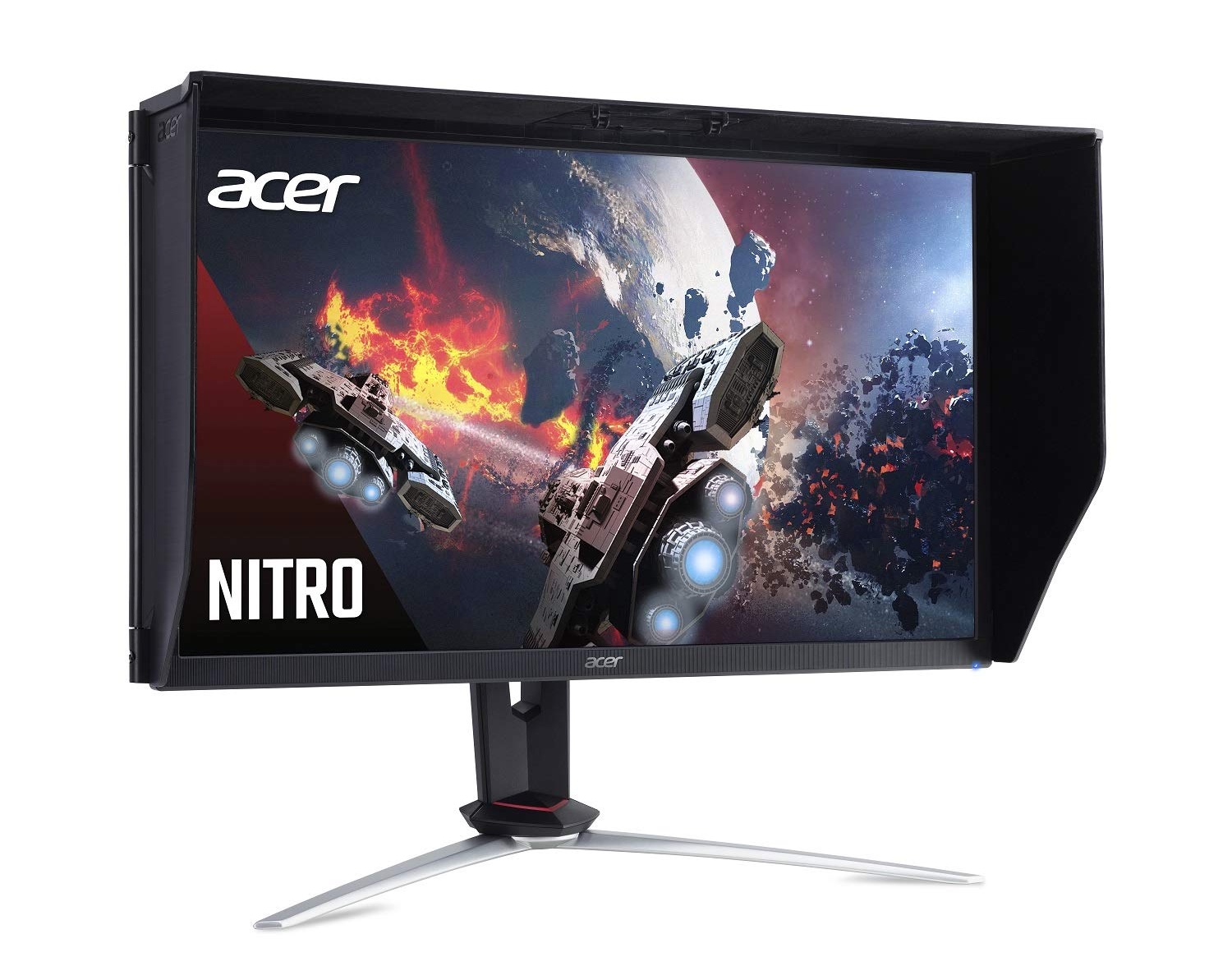
There is one 4K FreeSync monitor I can recommend, though, and that's the Acer Nitro XV273K, a 27-inch IPS panel with a maximum 144 Hz refresh rate. This is essentially the same panel as used in G-Sync HDR monitors like the Acer Predator X27, but without the local dimming backlight and a lower cost. This is a relatively new display and it's not particularly cheap at $900, but it does offer both 4K and 144 Hz at a price that is much cheaper than the Predator X27.
Ultrawides
Many more are coming
This category of displays is growing at pace. However we're going to stick to 21:9, as we feel if you are thinking of buying say a 32:9 superultrawide, there are lots of compelling options scheduled for release later this year that are worth waiting for. Whether they pack higher resolutions, higher refresh rates, or a combination of the two, you may want to wait.
At the 21:9 aspect ratio, the monitor size to be concerned with is either 34 or 35 inches. You can get 2560 x 1080 monitors at this size, but they're not worth the price.
My recommendation here is the MSI Optix MAG341CQ, which has an 1800R curvature, uses VA tech and tops out at 100 Hz. This uses the same 34-inch Samsung panel as most others in this price bracket, undercutting the 35-inch AU Optronics VA and 34-inch IPS LG models by a significant margin while offering comparable image quality. The MSI variant is $480, making it a best bang for buck offering.
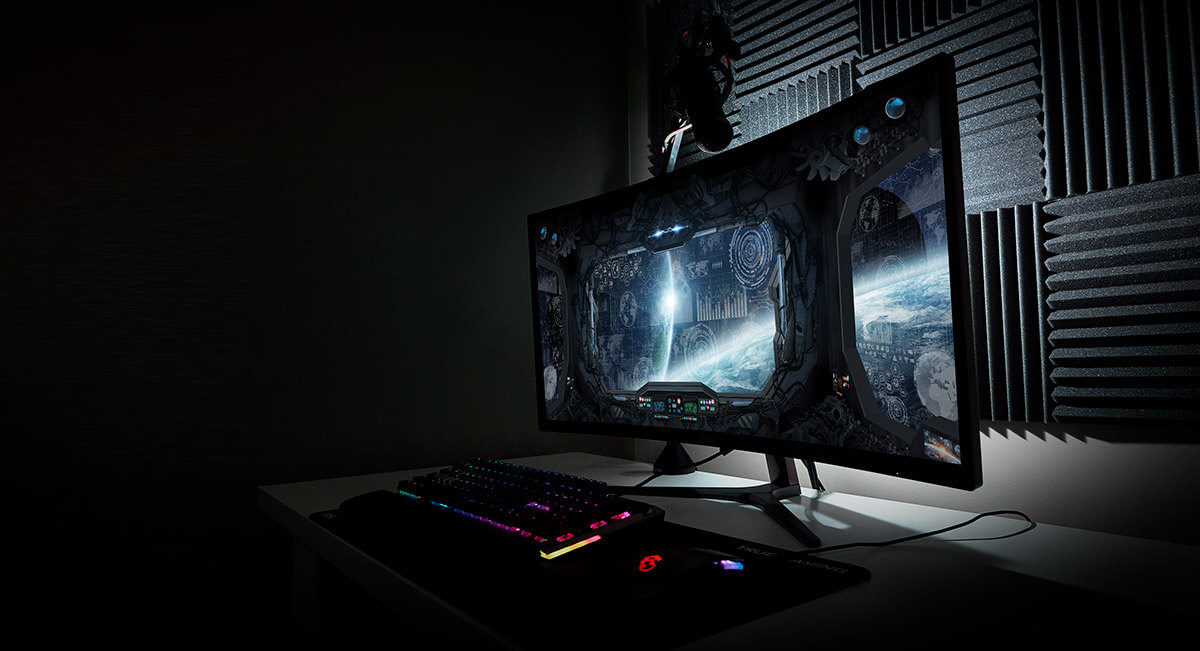
There are 3440 x 1440 ultrawides at 120 Hz and 144 Hz these days, but with prices over $800 for these, I don't think the $300 premium over the 100 Hz models is worth the refresh rate increase.
HDR monitors
Beware
With such a large selection of HDR monitors on the market, recommendations for HDR displays are a hot topic among Hardware Unboxed viewers, however I've been largely unimpressed with FreeSync HDR offerings.
The majority of monitors advertised as supporting HDR don't deliver a good HDR experience. Usually these are DisplayHDR 400 certified and don't offer much over an SDR presentation. It's not worth buying a monitor with this level of HDR, especially if that monitor is priced higher than the competition.
So far I haven't seen a single FreeSync monitor that delivers a good or "real" HDR experience, so my recommendation right now is not to buy a FreeSync monitor for its HDR functionality.
There is a limited selection of monitors that have a proper full array local dimming backlight, which is necessary to achieve the contrast requirements of a good HDR experience with an LCD panel. Outside of Nvidia's G-Sync ecosystem, FALD backlights are reserved for high-end professional grade displays, which tend to be expensive and not well suited to gaming due to limited refresh rates. I hope this changes in the future and we get some decent affordable FreeSync monitors with an FALD backlight but right now, they don't exist.
The closest to a good HDR experience is with Samsung's CHG series, however as edge-lit locally dimmed panels, they're only semi-HDR in my opinion, not true HDR displays.
Wrap up
Across these recommendations I've mostly focused on quality panels with good specifications. Considering most monitors end up using the same panel, this makes picking our choices a more straightforward process.
In my opinion the panel is the most important aspect to a monitor, which is why I'm comfortable recommending brands like Viotek that don't pack as many features. Things like cheat crosshairs, RGB lighting, headphone stands, FPS counters, and so on don't really interest me that much. Though there are some reasons why I would consider a more expensive monitor than those listed here. For example, if it comes with a height-adjustable stand or it's factory color calibrated.
At last, these are only suggestions and recommendations. Given the sheer number of monitors on offer, there may be a particular feature you're after that our recommendations have not addressed. Do your research and read reviews because there are plenty of good monitors out there that we haven't mentioned here.
Shopping Shortcuts:
- Viotek GN24C on Amazon
- Viotek GN27C on Amazon
- AOC G2590FX on Amazon
- Acer XF250Q on Amazon
- Acer XF270H on Amazon
- AOC AG241QX on Amazon
- Pixio PX276 on Amazon
- Viotek GN27D on Amazon
- Pixio PX277h on Amazon
- Pixio PX329 on Amazon
- AOC AG322QCX on Amazon
- Acer Predator XB281HK on Amazon
- Acer Predator XB271HK on Amazon
- Acer Nitro XV273K on Amazon
- MSI Optix MAG341CQ on Amazon
